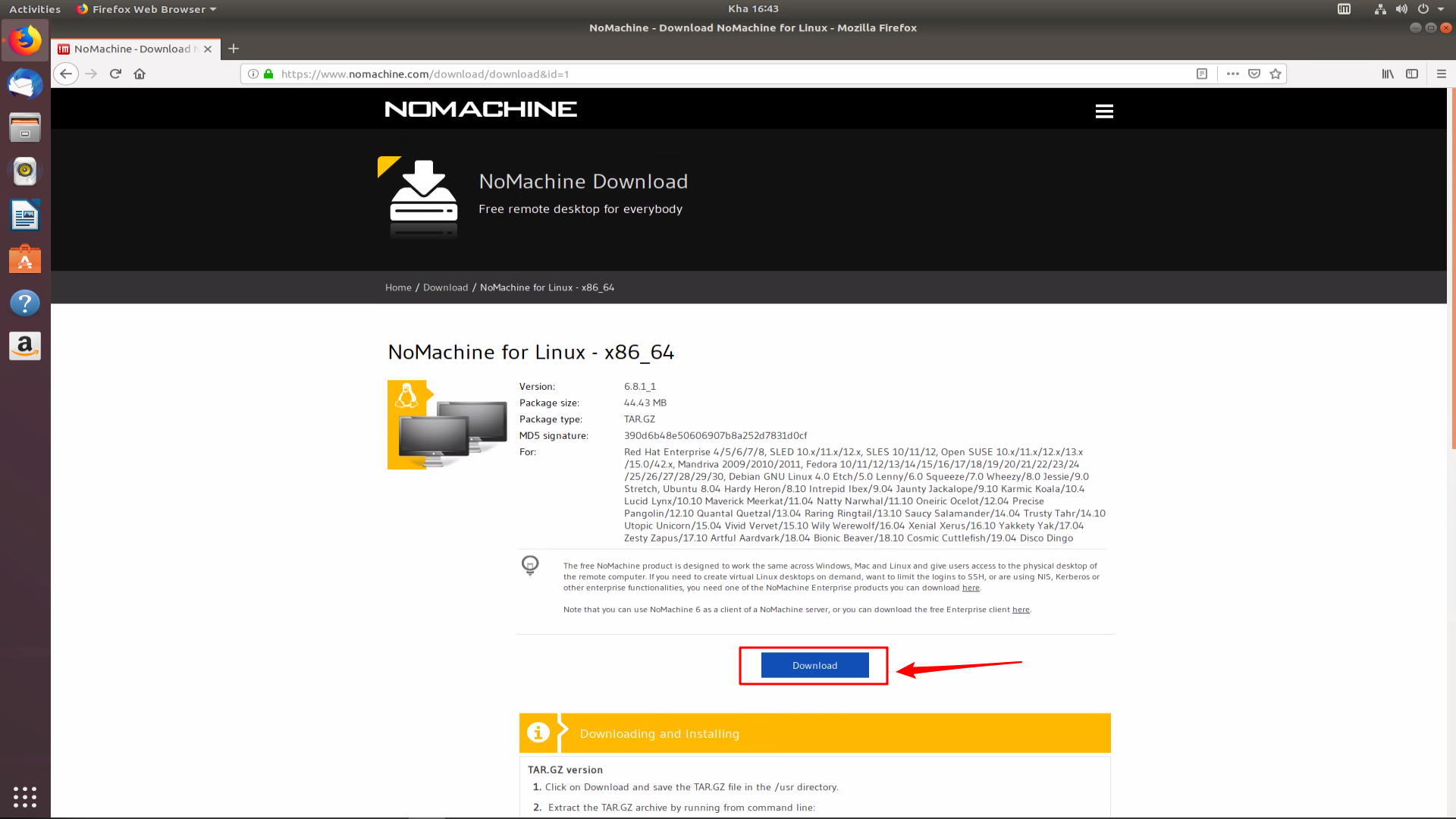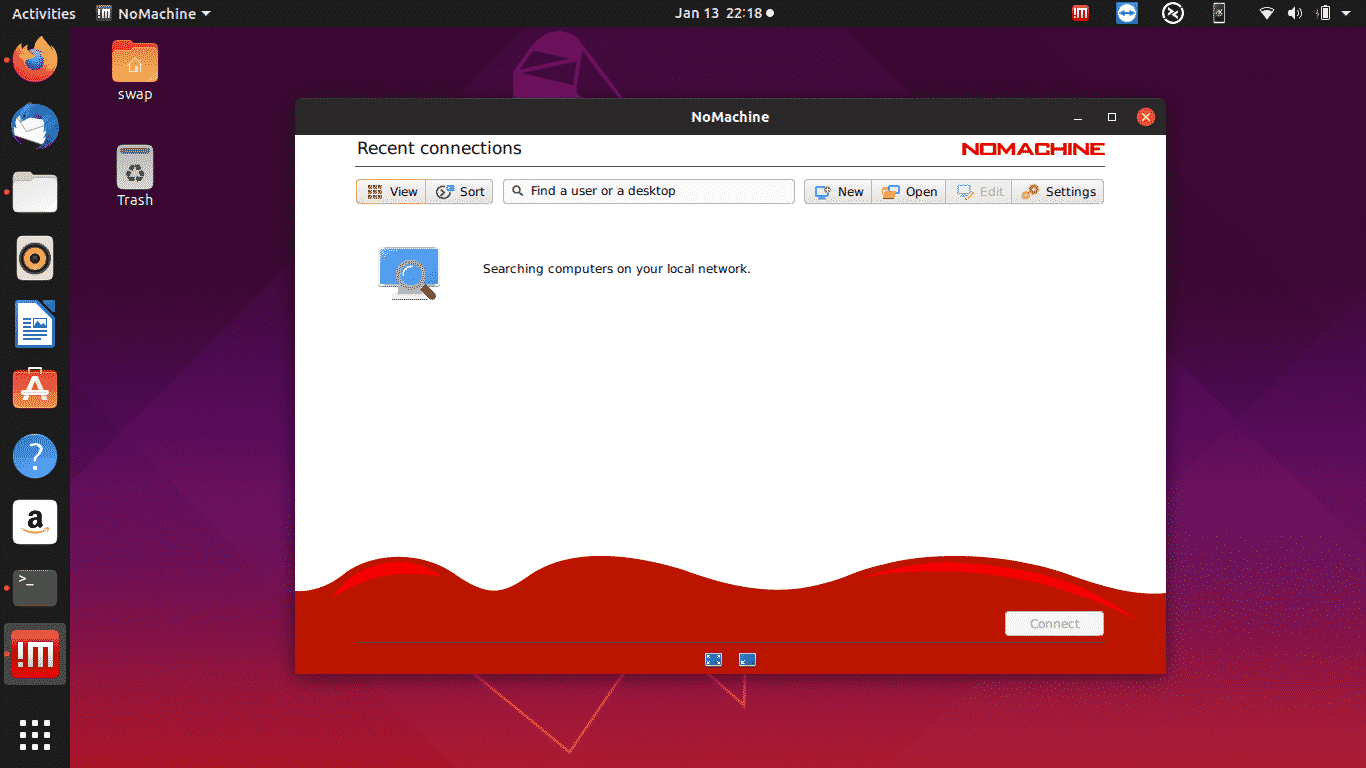

For this tutorial, we'll install it on Ubuntu 14.04 LTS. You can of course install any of the enterprise-oriented products as well.

We will show you how to configure a graphical user interface (GUI) for a GCP Linux instance and then access that GUI using NoMachine. But users who are new to Linux will feel more comfortable with a GUI for installing and managing their applications. Most of the developers/sysadmins working with Linux prefer the command line over Graphical User Interface.



 0 kommentar(er)
0 kommentar(er)
